|
Title: Neurocranial anatomy of Seymouria from Richards Spur, Oklahoma
Authors: K.D. Bazzana, B.M. Gee, J.J. Bevitt, R.R. Reisz Journal: Journal of Vertebrate Paleontology vol. 39(5), article e1694535 DOI to paper: 10.1080/02724634.2019.1694535 (email Kayla at kayla[dot]bazzana[at]mail[dot]utoronto[dot]ca if you don't have access or have questions, concerns, compliments, etc.) Geese are bastards, and this is an objective truth. I live in Canada, so I live with one of the biggest bastards of the geese family (it's family Anatidae if you're interested): the Canada Goose. It is rumoured that Canadians are so nice because the geese soak up all the mean vibes. I don't blog about geese or birds in general, but there is a temnospondyl out there whose name, for reasons entirely known to me, invokes the Greek root for 'goose' - up this week on the edopoid rotation is Chenoprosopus.
Fresh off last week's blog on the "gluttonous face" Edops, we're hopping the pond and rolling into the "spoon lizard" Cochleosaurus! There is, unfortunately, no specimen with an anthropomorphic name as with "Grandpa Bumps," but what Cochleosaurus lacks in charismatic anthropomorphizing is made up for in the sweet, sweet sample size that includes a huge ontogenetic range, a rarity for Paleozoic temnospondyls. For the first #TemnospondylTuesday of 2020, I thought maybe I should kick off some themed month around the letter 'J' to get some of that alliteration going. The problem is that there is no group of temnospondyls whose name starts with 'J'; in fact, the only temnospondyl that comes to mind with a J-name is Jammerbergia, a capitosaur from the Early Triassic of South Africa. Nothing against Jammerbergia, but I don't have any particular connection to it, and it seemed kind of random to blog about it right now. So instead, I thought of the taxon perhaps most appropriate for those New Year's resolutions - Edops, whose name means 'gluttonous face!' That will probably lend itself for the theme of this month, as there are many other edopoids (unclear whether they were as gluttonous as the eponymous Edops).
"Grandpa Bumps" and other material was described by Romer & Witter (1942); this remains the most complete osteology of Edops to date. Based on this same material, Romer & Edinger (1942) provided the first endocast of the taxon. The stapes, among the largest of any known temnospondyl at 11 cm in length, has been described by Smithson (1982) as a comparison to the colosteid Greererpeton and recently by Schoch (2019) as a model for the plesiomorphic condition in temnospondyls. Edops craigi is the only known species, although material not attributed to this particular species has been reported outside of Texas from the Early Permian of Ohio (e.g., Olson, 1975), and something resembling Edops was reported from the Early Permian of New Mexico (Vaughn, 1969).
Relationships As I noted above, edopoids are typically recovered near or at the base of Temnospondyli; in the figure above on the left, you can see them as the earliest diverging clade over on the far left of the top phylogeny. Edops is not the earliest occurring edopoid, but it is usually recovered as the earliest diverging edopoid. Clearly this suggests that gluttony is plesiomorphic for temnospondyls... Closing remarks Although Edops is comparable to Eryops as far as size goes, it didn't last very long compared to its contemporaneous temno buddy, who has one of the most extensive stratigraphic ranges of any Paleozoic tetrapod. The type locality of Edops is in the Archer City Formation (probably earliest Permian), and its range extends down to the Markley Formation (probably latest Carboniferous). It's not entirely clear why Edops was less successful, but it was eventually replaced by the long-snouted cochleosaurid edopoid Chenoprosopus in North America. Perhaps the takeaway lesson here is that gluttony does not pay off in the long term, so stick to those New Year's resolutions! Up next week: Cochleosaurus Refs
|
About the blogA blog on all things temnospondyl written by someone who spends too much time thinking about them. Covers all aspects of temnospondyl paleobiology and ongoing research (not just mine). Categories
All
Archives
January 2024
|
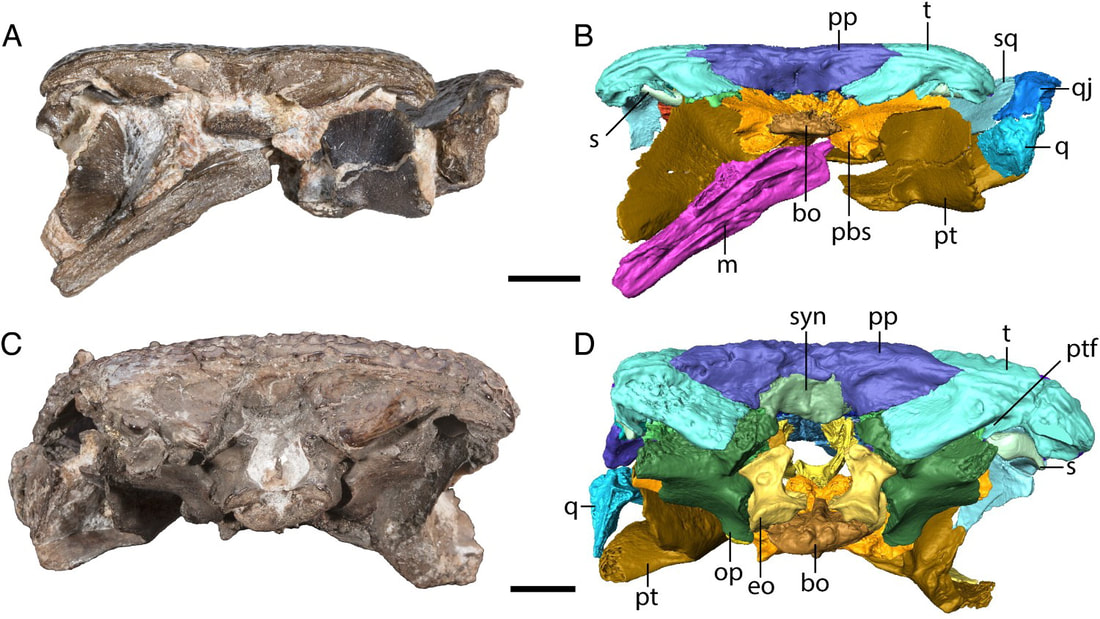
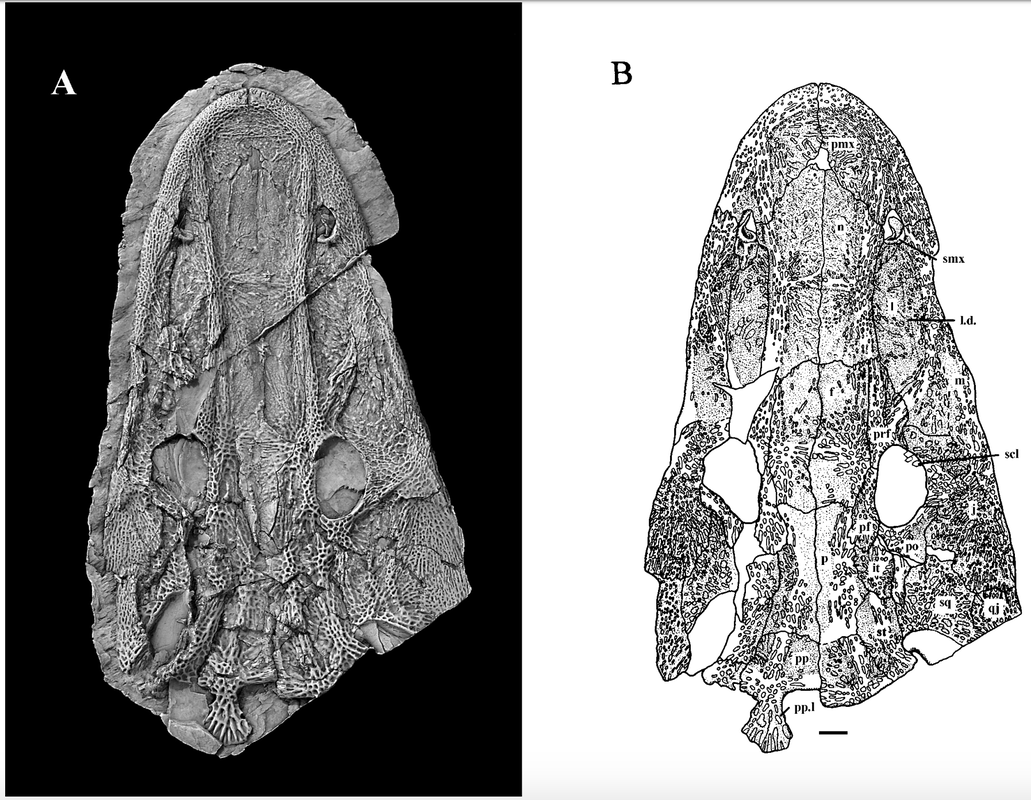
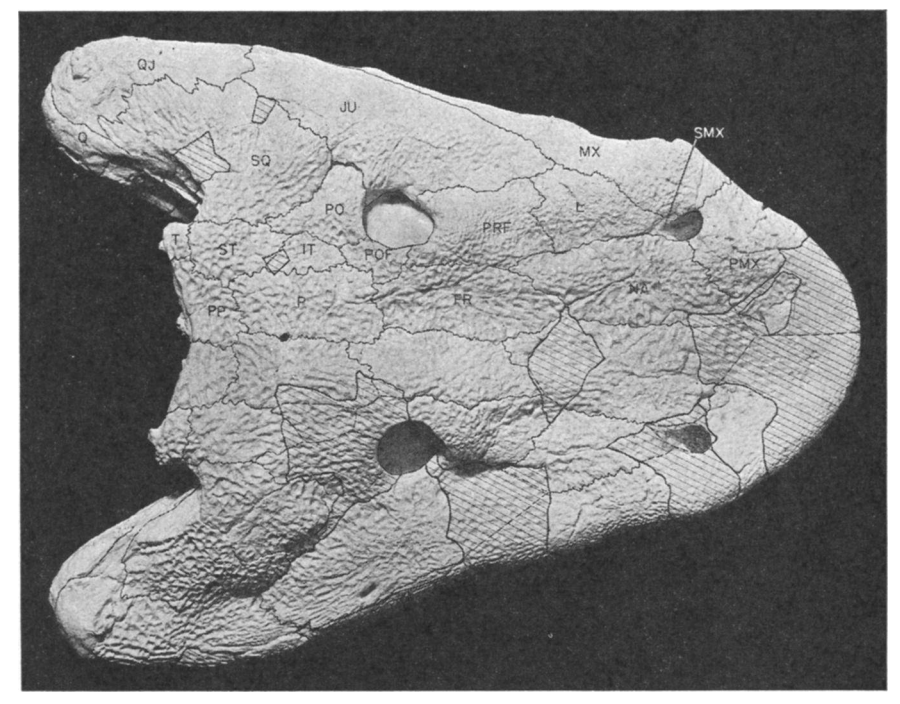
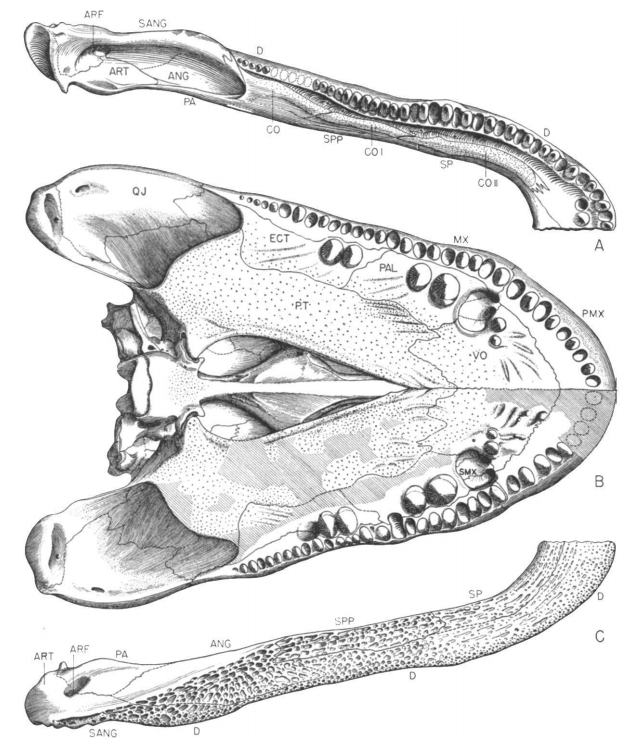
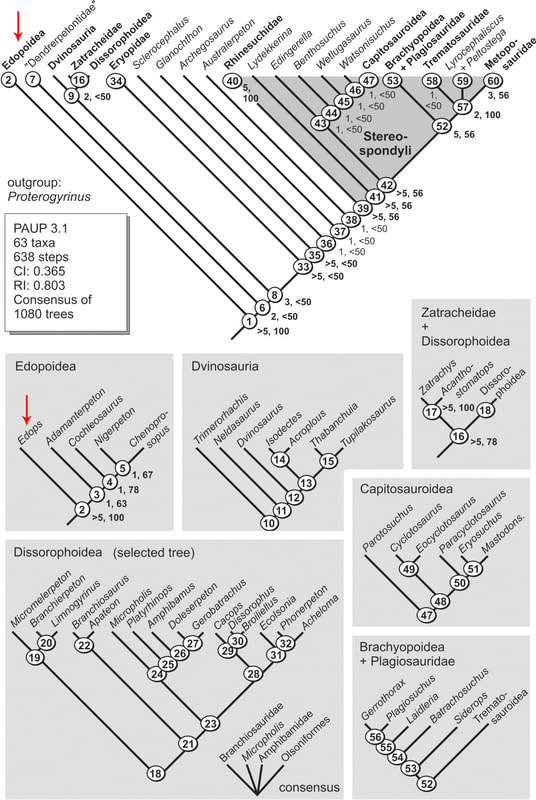
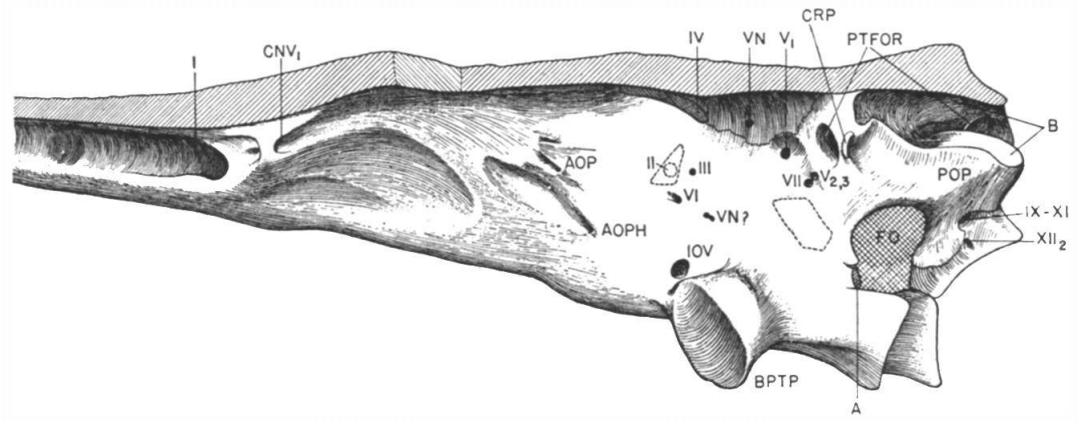
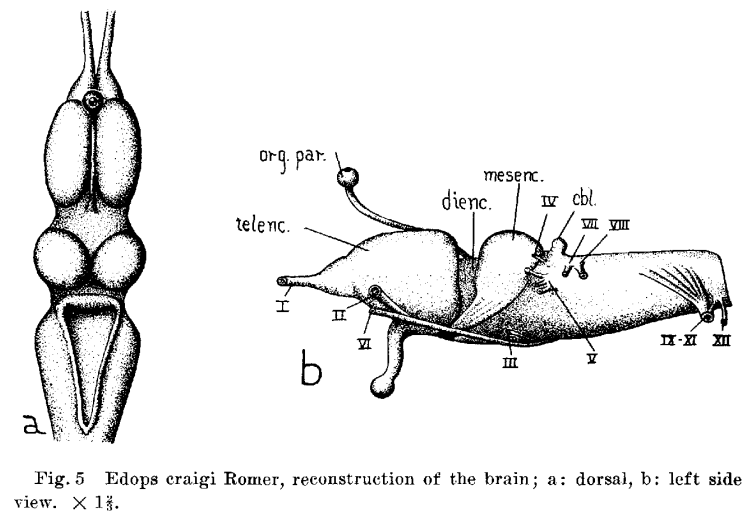
 RSS Feed
RSS Feed
